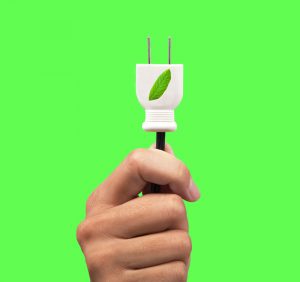
Energy efficiency is great, but you need to know how much efficiency you're getting for your money. You need to know if you're getting a return on your investment.
To find out what energy efficiency was worth, I hired a licensed engineer to do an analysis on a 2,000 square foot floor plan in Oklahoma. For each test, I used many different types of energy efficient building scenarios. I tested the floorplan using 2x6 walls and regular insulation, three different types of insulation (including spray-foam), different types of sheathing on the outside and even putting the HVAC equipment in a conditioned space, just to name a few.
In testing these set-ups, I used the conditions of Oklahoma – a mixed climate. Here the climate sways back and forth from hot to cool and wet to dry.
At the end of all of these tests, there wasn't one single energy-efficient upgrade that paid back. You could spend thousands of dollars on these upgrades, and you wouldn't get your money back in energy savings. The bottom line was that at the end of the day, the standard home build set-up was efficient enough.
My engineer was surprised by this and tweaked the test to find anything that would provide real savings. It turns out, the two items that made the most difference were compact fluorescent light bulbs and energy-efficient appliances.
As long as the government, media and advertising pushes energy-efficiency, the arms race will continue. But if you're looking to actually save money on your energy bills, try replacing those incandescent light bulbs and old appliances. Otherwise you're just spending money that you aren't getting back.
